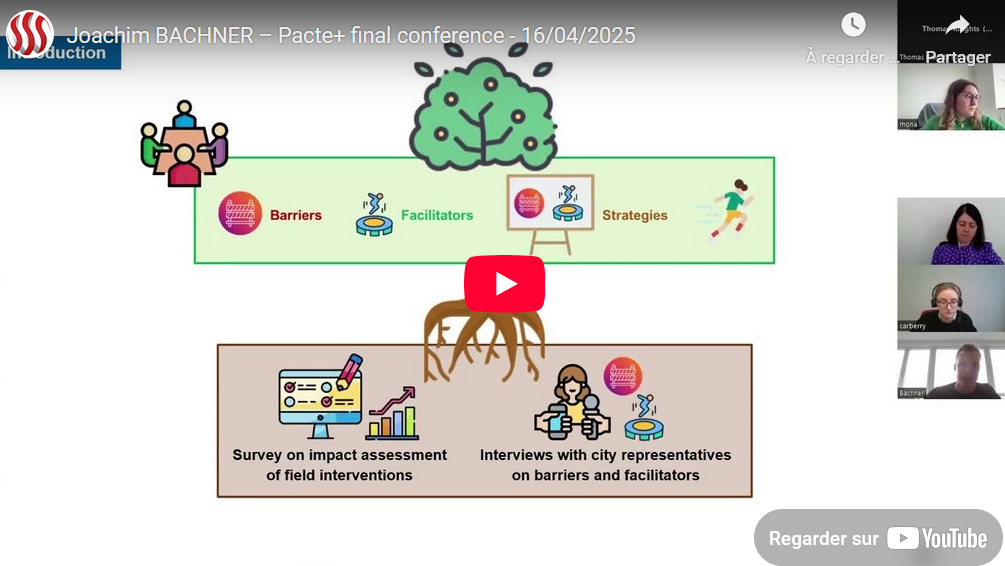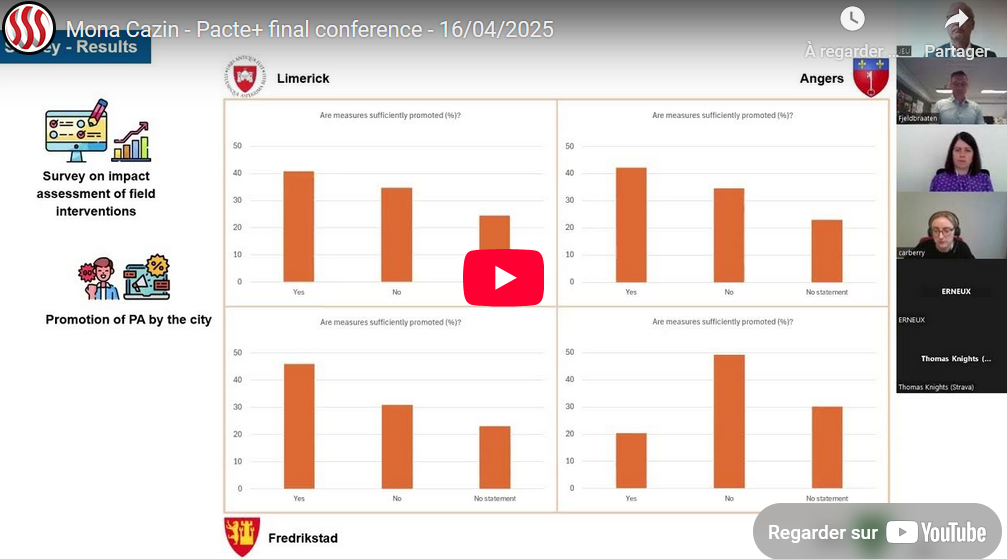The final conference of the PACTE+ project brought together the partners of the project (Sport and Citizenship, the cities of Limerick, Graz, Fredrikstad, and Angers, the Technical University of Munich, TAFISA, ICSSPE, EFCS, EVALEO, and ECF) with MEPs Nina Carberry and Níkos Pappás, WHO representative Kira Fortune, ACES Europe Board member Andre de Jeu, Sport Ireland National Active Cities Officer Mary Corry, City of Lillehammer special advisor on Global Active City Bengt Fjeldbraaten, and Strava Metro Senior Manager Thomas Knights, to discuss how cities can promote physical activity and healthier living. Moderated by Eva Jacomet (Sport and Citizenship), the event focused on translating knowledge into action.
gggggggggggggggggggggggggggggggggggggggggggggggg
A Shared Responsibility
Jean-Louis Erneux (Sport and Citizenship) opened by emphasizing the role of cities in reversing physical inactivity trends. With 68% of people projected to live in urban areas by 2050, he stressed the need for inclusive, health-promoting environments. Discover all of his speech here.
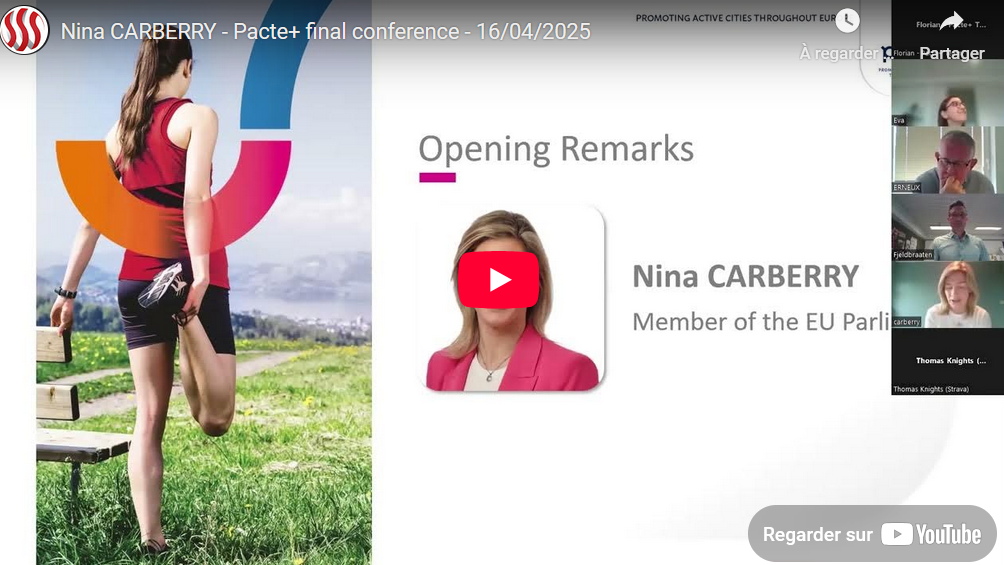 MEP Nina Carberry (EPP, Ireland) called for long-term funding opportunities in physical activity and inclusive infrastructure, particularly for people with disabilities. She added that as a jockey, she’s learnt the values of sport, namely hard work and resilience, that were illustrated by golfer Rory McIlroy when winning the Masters. The passion and joy of sport should be encouraged, like it was during Olympic Games, because it is so easy to take physical activity for granted.
MEP Nina Carberry (EPP, Ireland) called for long-term funding opportunities in physical activity and inclusive infrastructure, particularly for people with disabilities. She added that as a jockey, she’s learnt the values of sport, namely hard work and resilience, that were illustrated by golfer Rory McIlroy when winning the Masters. The passion and joy of sport should be encouraged, like it was during Olympic Games, because it is so easy to take physical activity for granted.
She’s working with MEP Nikolina Brnjac to secure a dedicated EU funding line for physical activity and for a wider consideration of sport in the upcoming Multiannual Financial Framework. She believes that it is a critical moment to invest in sport at EU level, especially in regard to our aging population.
“2025 should be the year we get Europe moving.”
gggggggggggggggggggggggggggggggggggggggggggggggg
Health Through Active and Sustainable Urban Design
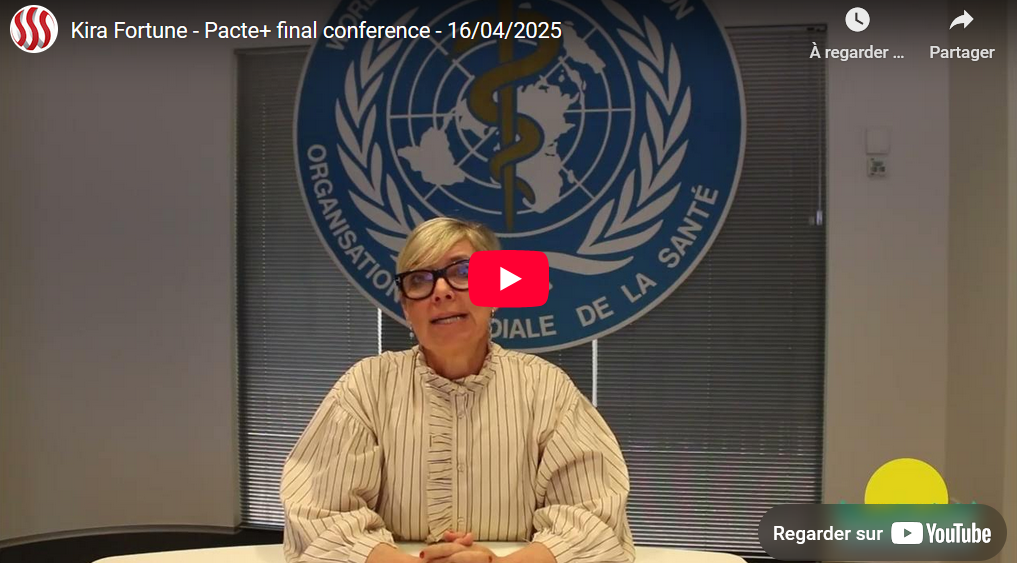 Mrs Kira Fortune, Regional Adviser for Health and Development, WHO Regional Office for Europe, highlighted deep health inequalities between neighbourhoods, often just minutes apart. She urged cities to adopt whole-of-government approaches, integrating health into transport, planning, and social policies.
Mrs Kira Fortune, Regional Adviser for Health and Development, WHO Regional Office for Europe, highlighted deep health inequalities between neighbourhoods, often just minutes apart. She urged cities to adopt whole-of-government approaches, integrating health into transport, planning, and social policies.
She also presented the ‘WHO European Healthy cities’ network she leads, which is made up of cities conscious of health and striving to improve it. They work together to promote health and well-being through innovative policies and urban design. To join, cities have to commit to the network core principles of health equity, sustainability, and participatory governance, as well as to take real action to move health into all aspects of city life.
According to her, urban innovation is not only about technology, but rather it means reimagining the way we live, move, and connect. “Health isn’t created in hospitals, it’s shaped by our streets, our schools, our transport systems, and our social fabric.”
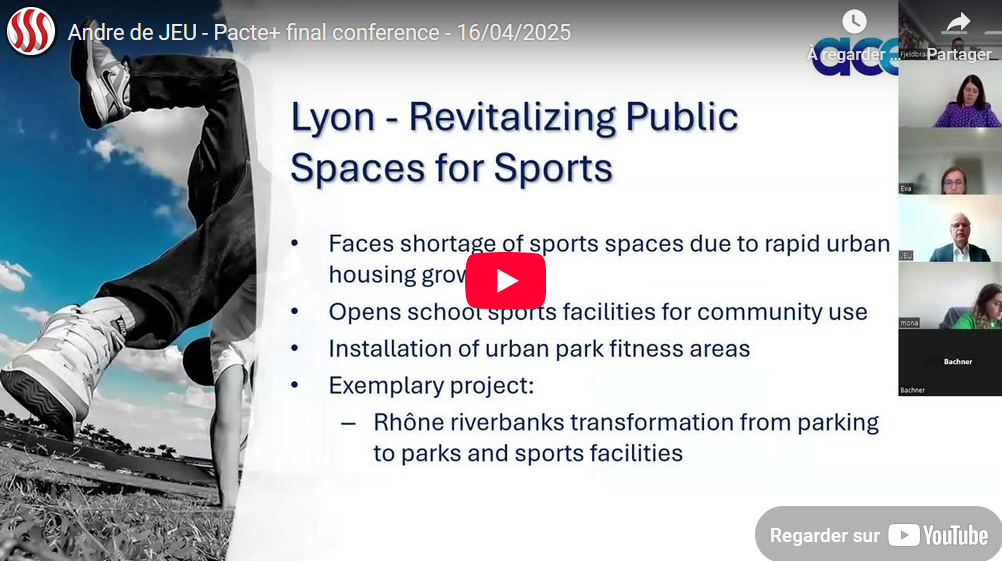 Andre de Jeu, Board member of ACES Europe (a network of over 6000 cities around the world, known for its “cities of sport”, and “capital of sport” labels) presented an activity friendly environment-model built on:
Andre de Jeu, Board member of ACES Europe (a network of over 6000 cities around the world, known for its “cities of sport”, and “capital of sport” labels) presented an activity friendly environment-model built on:
- Hardware (physical infrastructure),
- Software (the activity offered in public spaces),
- Orgware (the organisational process between hardware and software).
He shared successful examples from Copenhagen, Lyon, and Valencia, showing how design and policy can align to promote daily movement. ACES also partnered up with UNESCO as part of the SHARE initiative, to elaborate a publication on “creating inclusive cities through sport”.
gggggggggggggggggggggggggggggggggggggggggggggggg
What PACTE+ Taught Us
Joachim Bachner (Technical University of Munich) and Mona Cazin (Sport and Citizenship) presented the social impact assessment they coordinated all throughout the PACTE+ project, both through online surveys for citizens and interviews with the people in charge of promoting physical activity in the pilot cities. A summarised version of the key findings can be:
- Lack of time and of motivation, non-flexible work hours, or lack of infrastructures (such as showers) at work were identified as preventing people from taking part in physical activity.
- Some suggestions made by participants to promote physical activity in cities were to develop infrastructures, the diversity of offer of sport, financial investments, and support for youth and clubs.
- Cooperation and communication were the more easily identified facilitators for physical activity, followed by political and financial support in a smaller manner.
Consult the social impact assessment : https://www.pacteproject.com/20357-2/
gggggggggggggggggggggggggggggggggggggggggggggggggg
Local Innovation in Action
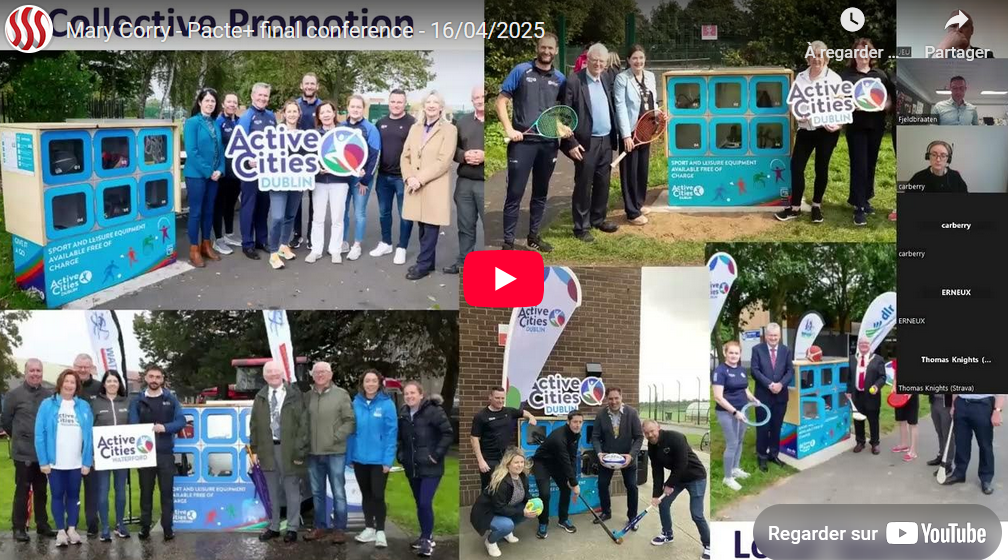 Mary Corry (Sport Ireland) presented the Active Cities network, an Irish initiative targeting hard-to-reach populations. It is made up of the five largest cities in Ireland and includes their eight local sports partnerships. The initiative stems from the observation of the very high rate of physical inactivity in the five cities in which over a third of the Irish population lives. From that, the network grew, developing Pool funds and the Active Cities as a brand.
Mary Corry (Sport Ireland) presented the Active Cities network, an Irish initiative targeting hard-to-reach populations. It is made up of the five largest cities in Ireland and includes their eight local sports partnerships. The initiative stems from the observation of the very high rate of physical inactivity in the five cities in which over a third of the Irish population lives. From that, the network grew, developing Pool funds and the Active Cities as a brand.
Through partnerships like the one they developed with the Swiss brand BoxUp, offering free access to sports equipment in public spaces for over 6,100 users so far across the five cities, she shared how working as a network can help overcome financial and access barriers. Mrs Corry put forward the importance of working together, and how easy solutions sometimes are.
gggggggggggggggggggggggggggggggggggggggggggggggggg
The Impact of major sports events on Active Cities
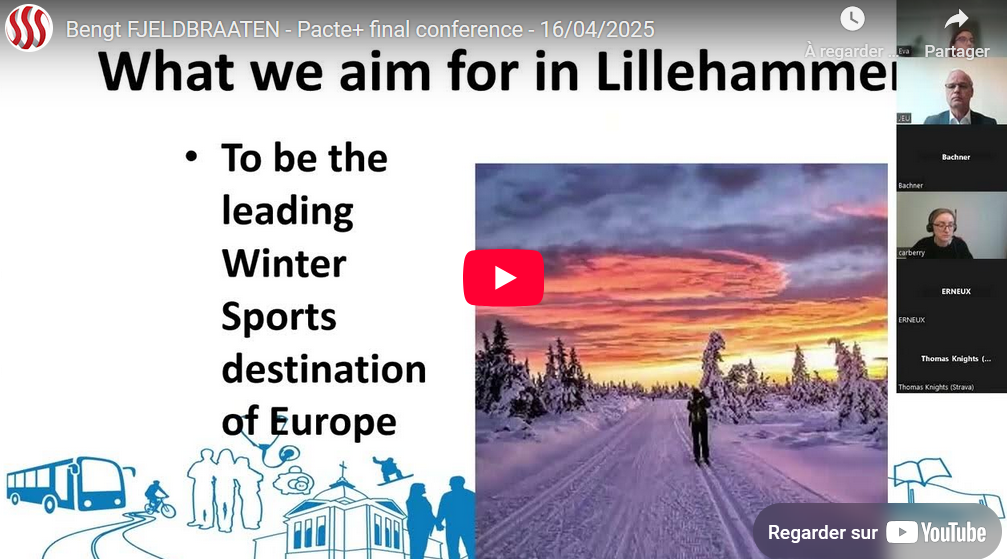 Bengt Fjeldbraaten (City of Lillehammer, Global Active City) talked about the legacy of the Olympic Games and its impact on urban policies, sustainability, and active cities. In 1994, the 27,000 inhabitants of Lillehammer saw the holding of the Winter Olympic and Paralympic Games, which helped the development of physical activity policies and infrastructure.
Bengt Fjeldbraaten (City of Lillehammer, Global Active City) talked about the legacy of the Olympic Games and its impact on urban policies, sustainability, and active cities. In 1994, the 27,000 inhabitants of Lillehammer saw the holding of the Winter Olympic and Paralympic Games, which helped the development of physical activity policies and infrastructure.
To achieve their physical activity objectives, they have been using an annual municipal plan for physical activity for twenty years, helping them identify areas of investment.
gggggggggggggggggggggggggggggggggggggggggggggggggg
Digitalisation and promoting physical health
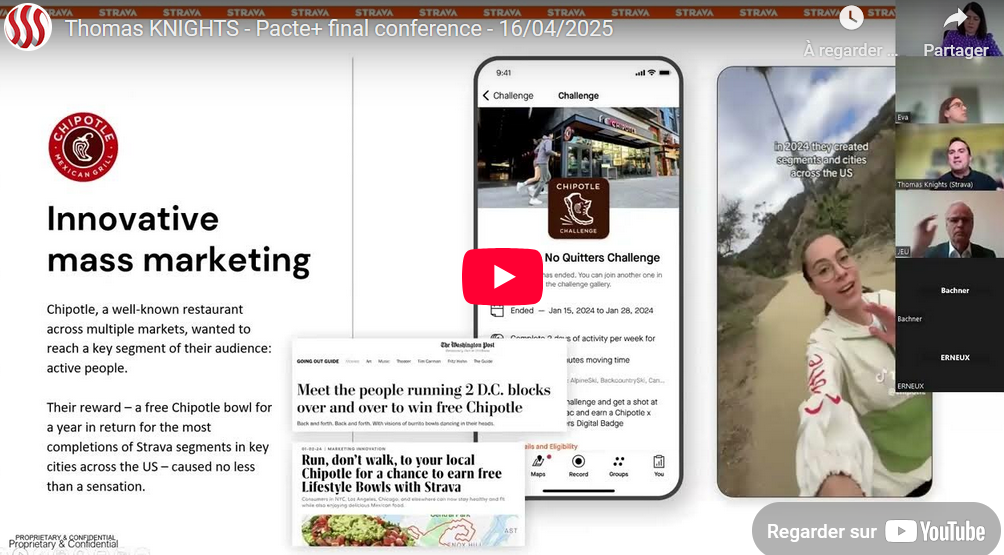 Thomas Knights (Strava Metro) shared how the Strava community can help shape active cities. With over 125 million users and 40 million activities uploaded weekly, Strava Metro helps by providing aggregated and de-identified data for free (they started this service 10-15 years ago but cities had to pay) that helps understanding the movement in a city and adapt policies. ‘Metroview’ is accessible for both technical and non-technical staff and provides information on what routes people feel safer taking, how many people run and cycle, and at what time, for instance.
Thomas Knights (Strava Metro) shared how the Strava community can help shape active cities. With over 125 million users and 40 million activities uploaded weekly, Strava Metro helps by providing aggregated and de-identified data for free (they started this service 10-15 years ago but cities had to pay) that helps understanding the movement in a city and adapt policies. ‘Metroview’ is accessible for both technical and non-technical staff and provides information on what routes people feel safer taking, how many people run and cycle, and at what time, for instance.
gggggggggggggggggggggggggggggggggggggggggggggggggg
Conclusion:
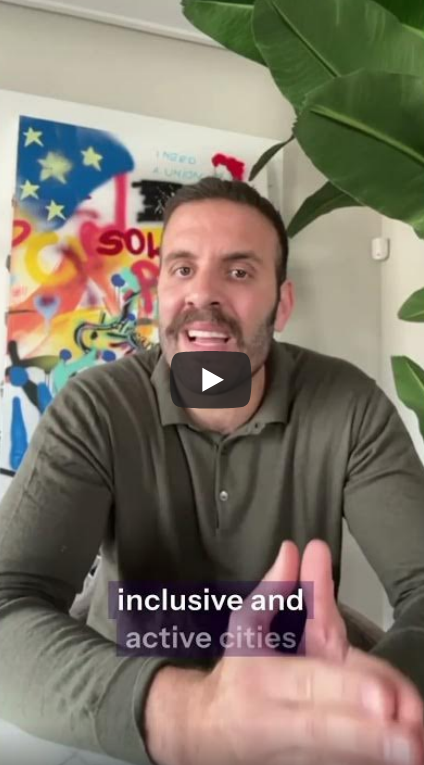 MEP Níkos Pappás (The Left – Greece) shared by video his own experience as a former professional basketball player and his commitment to advocating for access to sport for everyone to insist on the necessity to build inclusive infrastructure for disabled people. Indeed, they are often held back by outdated or poorly maintained facilities that were not built with everyone in mind. He added that digital tools can be part of the inclusion of more people in physical activity, as they can help offer virtual training and shape inclusive infrastructure from the ground up.
MEP Níkos Pappás (The Left – Greece) shared by video his own experience as a former professional basketball player and his commitment to advocating for access to sport for everyone to insist on the necessity to build inclusive infrastructure for disabled people. Indeed, they are often held back by outdated or poorly maintained facilities that were not built with everyone in mind. He added that digital tools can be part of the inclusion of more people in physical activity, as they can help offer virtual training and shape inclusive infrastructure from the ground up.
To conclude, the PACTE+ project demonstrated that cities can be powerful engines for active lifestyles and social inclusion—if they are equipped with the right strategies and tools.
As the project ends, partners urge for:
- Stronger EU funding for physical activity,
- Urban planning that actively supports health equity,
- Networks to work together and share good practices.
- A More holistic approach to promoting physical activity, by setting up cross-sectoral committees bringing together various stakeholders, including health services, local authorities, sports associations, educators and community representatives, to ensure a holistic
The tools exist. Now it’s time to use them.
Help us convince our leaders in Europe to take action on this issue with our advocacy documents.




